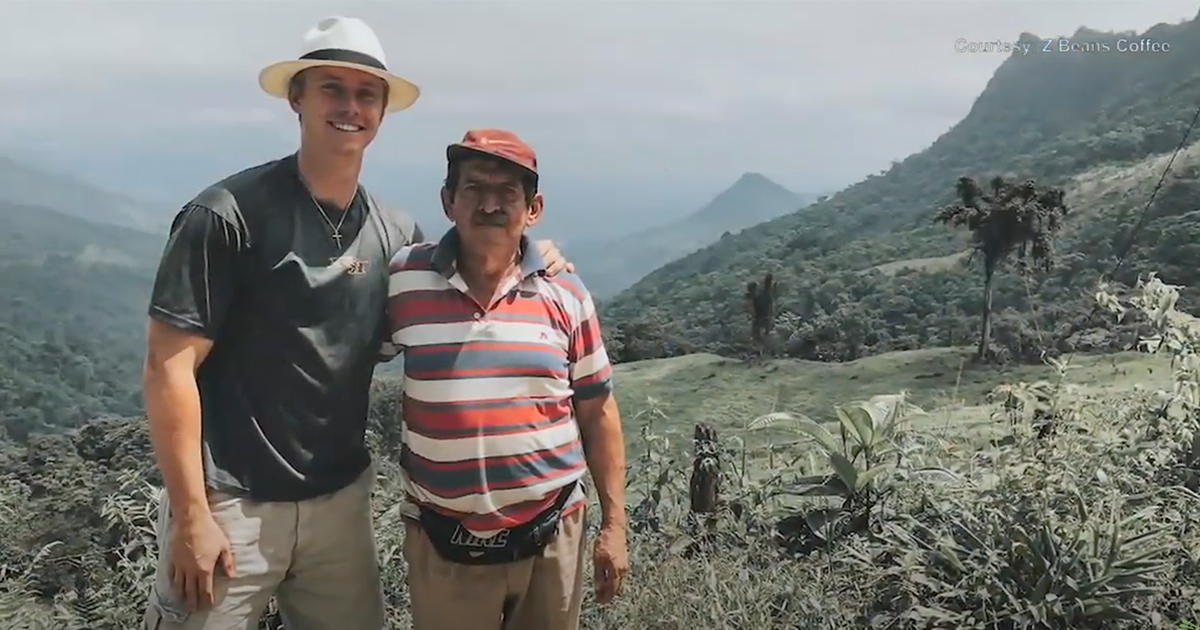Macon, GA
Shane Buerster’s journey in business started as a student at Mercer University after taking a couple of classes in spanish and economics while studying abroad.
“I started Z Beans after a Mercer on a mission trip the summer of 2016. So, we went down to Ecuador to see if coffee was a viable alternative to gold mining,” says Buerster, CEO and Founder of Z Beans Coffee.
It was there he met Arturo, a native of Ecuador who toured hum around the country introducing him to coffee farmers in the area. Buerster left that trip with the conclusion that they couldn’t supply enough coffee in just that one town, but the mission wasn’t over yet. After countless weekly conversations with his new friend, Arturo, the idea of exporting coffee not just from one town but from many was born.
At first, Buerster started with just coffee, but that wasn’t enough. While the business was doing well, it only provided work for the local residents once a year.
“What I wanted to do was try to find a way to create daily jobs, and what I landed on was chocolate. My focus has been since building Z-Beans, is to make one thing a non-negotiable, and that is that we’re going to pay our farmers really well for the hard work that they’re putting in to produce a quality product,” says Buerster.
In January of 2023, they opened their own chocolate processing facility in Zaruma – the namesake where the “Z” in Z Beans comes from.
“We do all of the processing at the chocolate factory. Just like our coffee, we buy from small farmers throughout Ecuador and we process it down and refine it to one-kilogram blocks. So, these one kilo blocks are one hundred percent chocolate. So, very strong, very bitter, but we then take that down and melt it down into our chocolate sauce,” says Buerster.
The process is similar to that of coffee – taking weeks for the cacao beans to dry.
“Once you remove the nibs from the mazurka, it will have the kind of like viscous substance around it and then you can actually suck on them and it’s really sweet or it can be kind of sour you know, depending on the variety of the chocolate,” says Buerster. “You’ll allow it to ferment in huge vats and then put them on drying beds so they can completely dry out. Just like coffee it’ll have this chafe that will come off of it so you want to willow away and remove all of the chafe and then once you have that, you’re able to just crush down the cocoa nibs and you crush them, crush them, crush them, blow out all the chafe that remains. Crush, crush more, blow out the chafe that remains and then run it through a grinder and we just keep grinding it, keep grinding it, keep grinding it until it starts separating the ground nibs versus the cocoa butter. The butter is a liquid form will come out with the chocolate. From there Arturo will put them into molds and then from the molds will allow them to harden.”
They then export the chlorate to the United States in big coolers. It’s important for the chocolate to be very hard before its trip to the states so it doesn’t arrive in a big melted mess.
“Once it gets here, we’ll freeze the kilos of chocolate down and then put it into our mixture that we have for our sauce. We bottle it up and then distribute it directly to our coffee shops,” says Buerster.
Then, they use that chocolate sauce in their mochas and hot chocolates.
“Our mochas and hot chocolates definitely taste different than what other coffee shops may offer, but it’s something that you know I’m proud of and a difference that I was willing to withstand because I know the hard work and the quality of the product that we’re able to push out,” says Buerster.
By: Jennifer Parson

